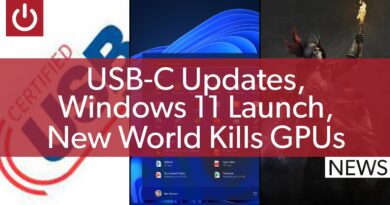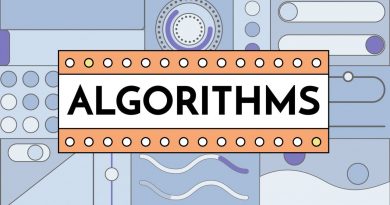Inside your computer
Do you remember when you first learned your computer was more than just a monitor and keyboard? This is the time it takes for the video to start playing once you click the mouse.
Was there anything that grabbed, understood, and brought your objective to life? So, what exactly are you talking about? Is it a gremlin problem? Let’s assume we can shrink to the size of an atom and use a single mouse click to inject ourselves into a computer.
Older children, on the other hand, used a hard rubber ball and plastic wheels to do it. The concept remains the same. When you push the mouse button, it sends a message to the computer, telling it where you are.
Once your mouse click is received, the basic input/output subsystem processes it. The computer’s eyes, ears, lips, and hands are all controlled by this subsystem. In essence, it enables the computer to interact with its environment. It does, however, serve as a buffer, keeping the CPU from becoming overburdened with diversions.
The I/O subsystem determines that your mouse click is substantial enough to produce a CPU interrupt in this case.
“Good day, CPU! Here’s where you can find it.” The central processing unit, sometimes known as the CPU, is the computer’s brain.
Similarly, your brain does not take up all of your physical space. The CPU manages to keep the show running despite not taking up the entire computer. The CPU’s sole responsibility is to retrieve and execute instructions stored in memory.

So, while you’re typing away at 60 words per minute, the CPU is fetching and executing billions of instructions every second.
Yes, billions of instructions are delivered every second, including commands to move your mouse around the screen, run the clock widget on your desktop, listen to internet radio, and manage the files you’re editing on your hard drive, among other things.
The CPU on your computer is a multitasking powerhouse! But, oh my goodness, a key mouse click is about to arrive! Let’s put everything on wait for the time being and focus on that!
There are applications for everything the CPU does. The mouse, the clock widget, the internet radio, and processing characters entered on the keyboard are all handled by this one-of-a-kind software. A human wrote each program in a human-readable programming language like Java, C++, or Python.
Human programs, on the other hand, take up a lot of space and contain a lot of data that a computer doesn’t need. As a result, before stored in memory as bits of ones and zeros, they are compile and compresse.
The CPU detects that this mouse click necessitates instructions. As a result, it looks up the mouse program’s address and sends a request to the memory subsystem for instructions.
Each instruction was carefully collected and executed by the mouse device driver. The story isn’t even close to finished! When the pointer passes over a button picture on the monitor screen, the CPU registers a mouse click.
The CPU searches memory for the monitor program to figure out what that button is. After that, the CPU must enter memory to retrieve the button’s program. As a result, the CPU requests that the monitor software display the video associated with the button once more, and so on. Let’s just say you have to go through a lot of applications before seeing the button on the screen light up when you push it.
When you click your mouse, for example, you’re visiting all of the essential components of your computer’s architecture: peripherals, the core input-output system, the CPU, programs, and memory, with not a single gremlin in sight.
Read More: Blackhat SEO Techniques to Avoid



